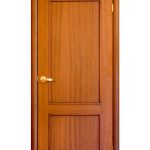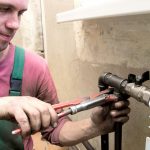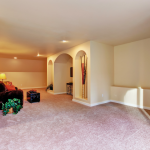If you have an interest in pottery, you have heard of a kiln, and, perhaps, kiln burners. If you do ceramics, glass working, enamelling and even jewelry, you usually own or operate one. Early kilns were used to fashion and bake bricks for construction work. The earliest one on record was functioning in Iraq around 6000 BC. Without their existence, various industries would not be able to produce their products. Yet, what exactly is a kiln?
What is a Kiln?
In simplistic terms, a kiln is an oven. A kiln is a chamber specifically prepared to produce temperatures that are high enough to finish a process. This could be drying or hardening. It could also involve a form of chemical change. A rotary kiln, for example, is employed by various industries to pyroprocess or calcinate various materials. The result may be cement or lime. Other types of kilns take clay and harden it into pottery or bricks.
Types of Kilns
Essentially, kilns are divided into two types: intermittent and continuous. While both are insulted boxes featuring kiln burners and controlled temperature settings and atmosphere, there are differences.
Intermittent kiln: The material to be fired (called ware) is placed inside the kiln. The door is closed and the temperature raised according to the needs. Upon completion of the firing, both the kiln and the ware are cooled.
Continuous or Tunnel kiln: This lengthy structure directly heats up only in a central section. The items, or ware, move slowly from a cooler section to the central heated portion. The temperature increases gradually then, after leaving the central section, it decreases gradually until the ware exits. By this point, the ware is close to room temperature.
Alternatively, in some continuous kilns, the ware remains stationary while the heating zone travels slowly across it.
What are Kiln Burners?
Kiln burners provide the necessary heat to a kiln. They come in two basic types: forced air and Venturi.
- Forced air burners are power burners. They remain unaffected by weather conditions and are best suited for natural gas kilns that are mass producers. They produce several even firings with less issues than do Venturi kiln burners.
- Venturi Burners: These prefer to work with liquid propane although they can use natural gas. They are best used with small kilns. They feature no blowers and are known to run more quietly under pressure than power burners do. However, these tend to be less efficient than power burners.
Kiln burners are important pieces of equipment for many industries. They supply the necessary heat capacity for various types of industrial and domestic heating equipment. If you want the best results, make sure your kiln burner meets the specific demands of your processes.






